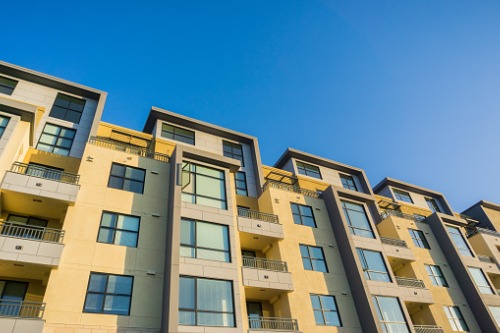Investor demand for multifamily has held up surprisingly well during the pandemic

Despite the headwinds caused by the pandemic, investor demand for multifamily real estate performed better than expected in 2020.
“At the beginning, it seemed as if the industry would face a bear market from negative economic growth, the loss of millions of jobs, sheltering in place, shutdown of urban offices and more. Data from the US Census Bureau suggests that the pandemic reduced household formation in 2020, although the data was mixed,” Matrix analysts said.
Data from the latest Yardi Matrix Bulletin showed that roughly 252,000 apartment units were absorbed last year – around 1.7% of the total market stock. That figure was down 12% from the 286,300 apartments purchased in 2019.
“Considering the economic and social calamity that befell the US, in many respects due to COVID-19, the fact that demand held up as well as it did is a relief for the apartment industry,” Matrix said in the report.
Net absorption was strongest in 25 of the 30 biggest metros, led by Dallas, Atlanta, Denver, and Phoenix. These top 25 cities represented 158,300 units absorbed, more than 60% of total net absorption nationwide.
Negative absorption was concentrated in a handful of COVID-hit gateway markets, including the Bay Area and New York City. When combined, the number of units absorbed in these metros declined by 22,100 last year. Overall, high-cost gateway metros had net absorption of -0.3% (-7,600 units). Demand was much better in secondary (154,100 units, or 2.3% of total stock) and tertiary (96,200 units, or 2.0% of stock) markets.
“The work-from-home phenomenon, although it has been surprisingly successful from a productivity point of view, reduced demand for units in and around large office-using employment centers,” Matrix said. “It enabled office workers to move to less expensive markets or stay with family or friends. The lack of entertainment also made 24-hour cities such as New York and San Francisco less appealing, leading to an exodus.”
On a regional level, renters continued to migrate to the Southeast (96,700 units absorbed, or 2.4% of total stock), the Southwest (56,800 units, 2.1% of stock) and the West (57,100 units, 1.9% of stock).



